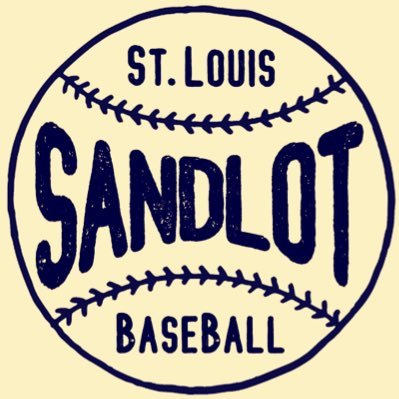Edit: St. Louis Sandlot Baseball now plays regularly on Sundays at noon at the “Y” baseball field at Carondelet Park in South St. Louis. Their travel team is called the St. Louis Slingers. Follow @stlouissandlot on Instagram for details, time changes, etc.
A group of us are trying to form a sandlot baseball league in St. Louis. We currently play on occasional weekends (schedules and weather permitting) at Fox Park at Shenandoah & Ohio just west of Soulard. There’s a really nice baseball diamond there that rarely ever gets used called PAL Memorial Park (the Cardinals built it over 20 years ago as part of their Cardinals Care Ball Field Program using money from a grant from the late Daryl Kyle). Still very casual but we run the bases, keep score, etc. Will try to play into December if the weather allows for it. If anyone has catcher’s gear that they’d be willing to borrow that would be greatly appreciated!
We will be meeting up there to play again this weekend (Sunday) Nov. 12 at 10am. Longer term goal is to get involved with the Sandlot Revolution next summer.
Rules are pretty loose at the moment but there are no called strikes, just swings and misses and foul balls count as strikes. Balls have to be obviously out of the strike zone to be called a ball, but I know other leagues around the country don’t even count balls or strikes. It varies from place to place. I haven’t been able to play since the first week due to injury, but when everyone gets there the guy leading it (Josh) gets everyone together for introductions, explains the rules, and picks another person to pick teams to play a game against each other. This is if there are enough guys there for two teams, which is basically at least 10 guys. The day I was there we ended up having 14 or so after a few local neighborhood guys playing basketball came over and joined us. By the way, that’s the nature of sandlot ball. It’s very laid back. It’s about building community, not about competition. Getting together on a baseball diamond and having fun. You have players who play semi-pro ball (we have one) and several others who maybe haven’t played in years, and even a few who may have never played ball before at all. It doesn’t matter (nor should it). Totally inclusive. No umpires, no managers, just getting together to have fun playing ball, just like when we were kids!
There are a couple of really great podcasts out there to check out that I highly recommend listening to to get an idea of what this “sandlot revolution” is all about. Here are the links: Sandlot Revolution and Sandlot Social Club.
Anyway, if you’d like to come out and play some ball, please join us! Bring your gloves, bats (wood only), and drink(s) of your choice. We have an Instagram account you can also follow for updates: @stlouissandlot And our team is called the Southside Slingers.
Thanks, and play ball!

